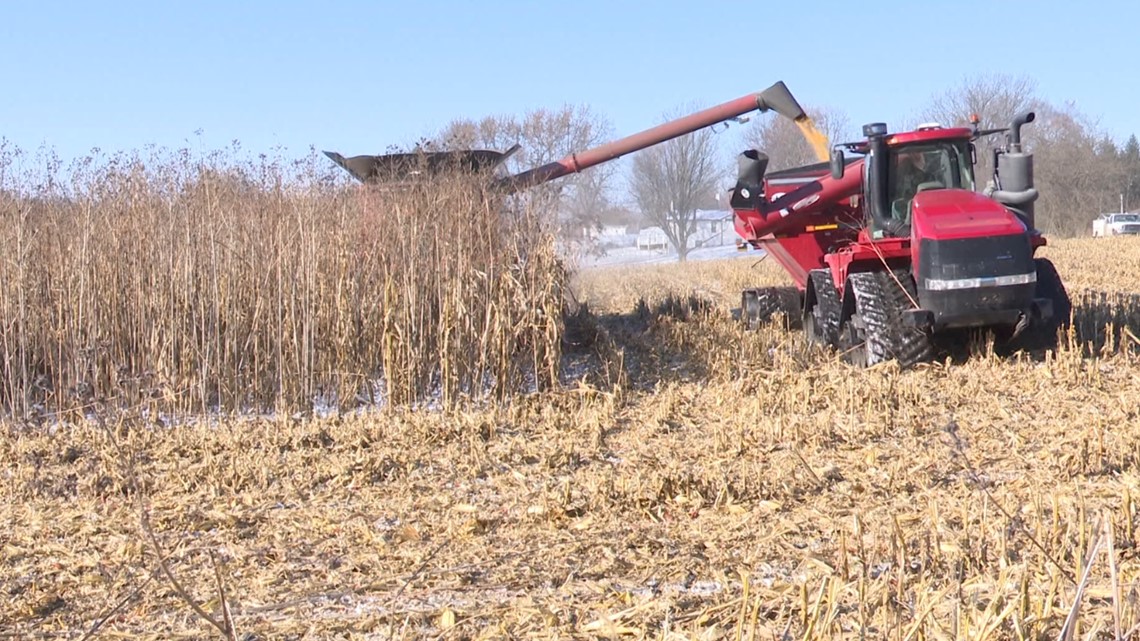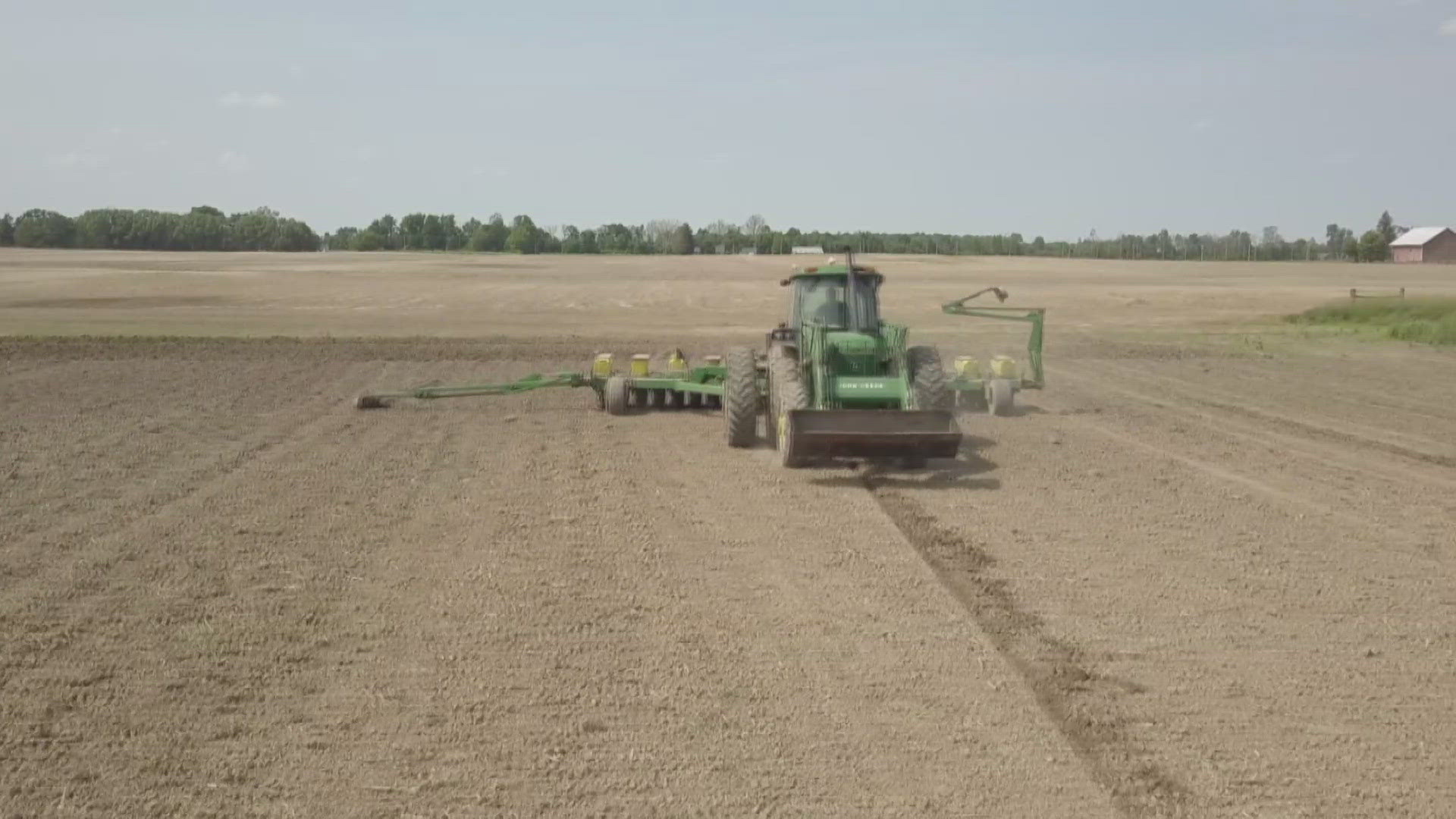INDIANAPOLIS — A new report shows Indiana is losing farmland.
The Indiana State Department of Agriculture issued the results of its study that show the state lost 345,682 agricultural acres between 2010 and 2022, a decrease of 1.89%.
Most of that land became residential property in areas around the edges of cities and suburban communities.
The "Inventory of Lost Farmland" is the result of House Enrolled Act 1557 — a bill lawmakers passed in 2023 that required a study to determine how much farmland was lost and what happened to it.
"The inventory of lost farmland was an opportunity for ISDA and legislators to gain access to reliable data, where up until now, we could only make assumptions," Don Lamb, director of the Indiana State Department of Agriculture, said in a news release. "This information is important to have for policy development as we work to balance economic growth, food security and the preservation of agricultural land, because we know when agriculture is strong, Indiana is too."


"Agriculture is, and always has been, the lifeblood of the Hoosier state," Lt. Gov. Suzanne Crouch, secretary of Agriculture and Rural Development, said. "Data is critical for all levels of government when making decisions that may affect our rural communities and food security."
By the numbers
The report showed a total of 18,314,648 acres of land with property class codes in the agricultural range in 2010 and a total of 17,968,966 acres in 2022 across Indiana. That is a decrease of 345,682 acres.
Despite the loss in acreage, the ISDA report showed Indiana's production of its cash crops has increased.
"In 2012, Indiana produced over 597 million bushels of corn for grain, and in 2022 yielded over 1 billion bushels. Indiana produced nearly 219 million bushels of soybeans in 2012 and saw that number increase to over 326 million in 2022," the report said.
Recommendations
The ISDA recommended that lawmakers pass a bill requiring a new lost farmland inventory every five years due to the steady increase in population and economic growth.
It also recommends local communities discuss farmland preservation.
"Indiana is a homerule state, and most land use decisions are made at the local level. No two counties are the same and neither are their comprehensive plans, zoning ordinances or land use decisions. Local units of government should be empowered to identify land use trends in their area and use all available information when making land use decisions. ISDA would also encourage local units of government to be proactive rather than reactive as big decisions or projects come forward," the report said.


The ISDA also urged communities to consider what is an alarming level of lost farmland acres as it pertains to food security.
"When should a county, state or the country be concerned? Task the legislature to consider the threshold in which the lost number of acres significantly reduces access to food," the report said.
Methodology
The ISDA used two sources of information: parcel data from the Indiana Department of Local Government Finance (DLGF) and the United States Department of Agriculture (USDA) National Agricultural Statistics Service (NASS) Crop Data Layer (CDL).
To read the full report, click here.

